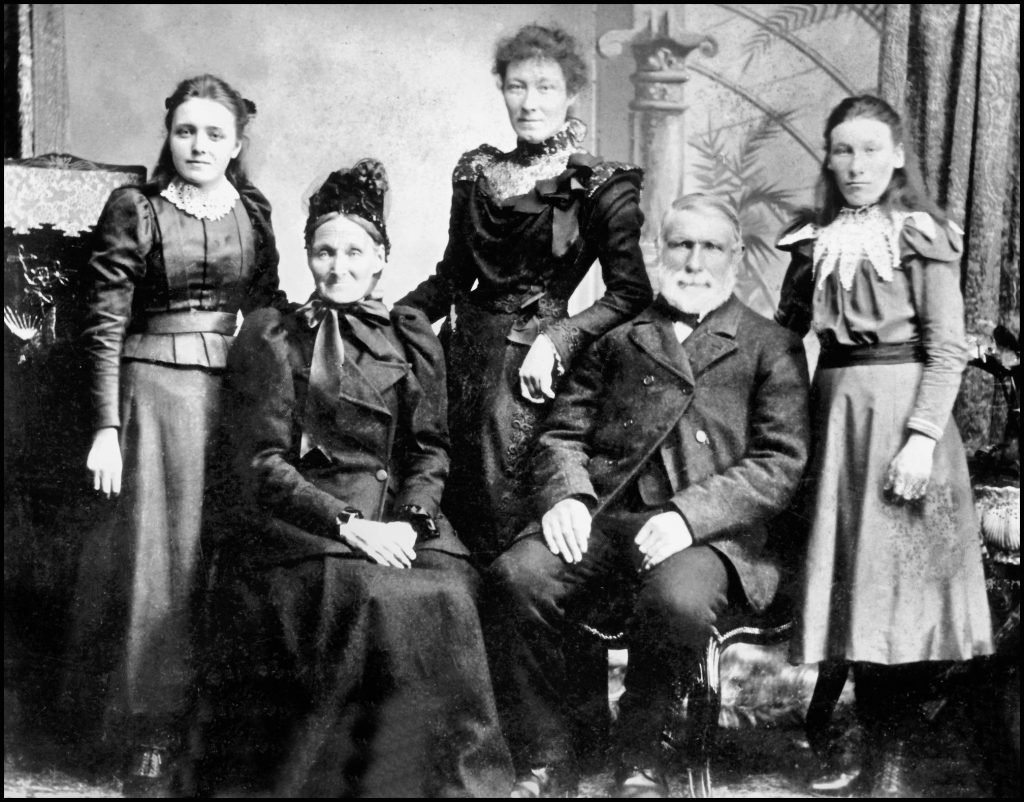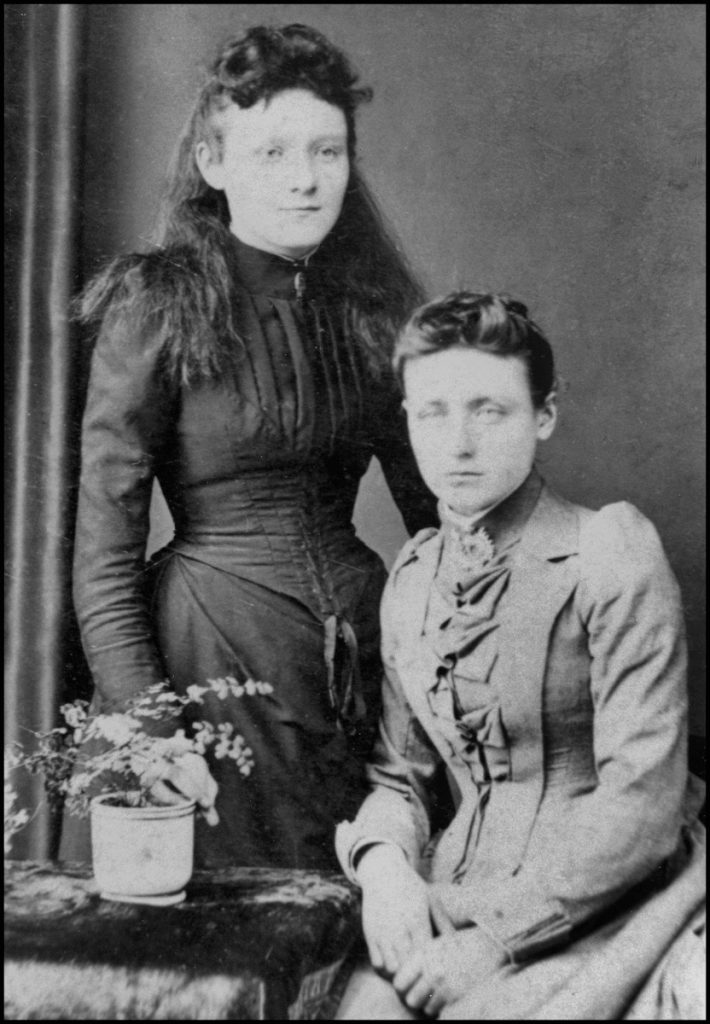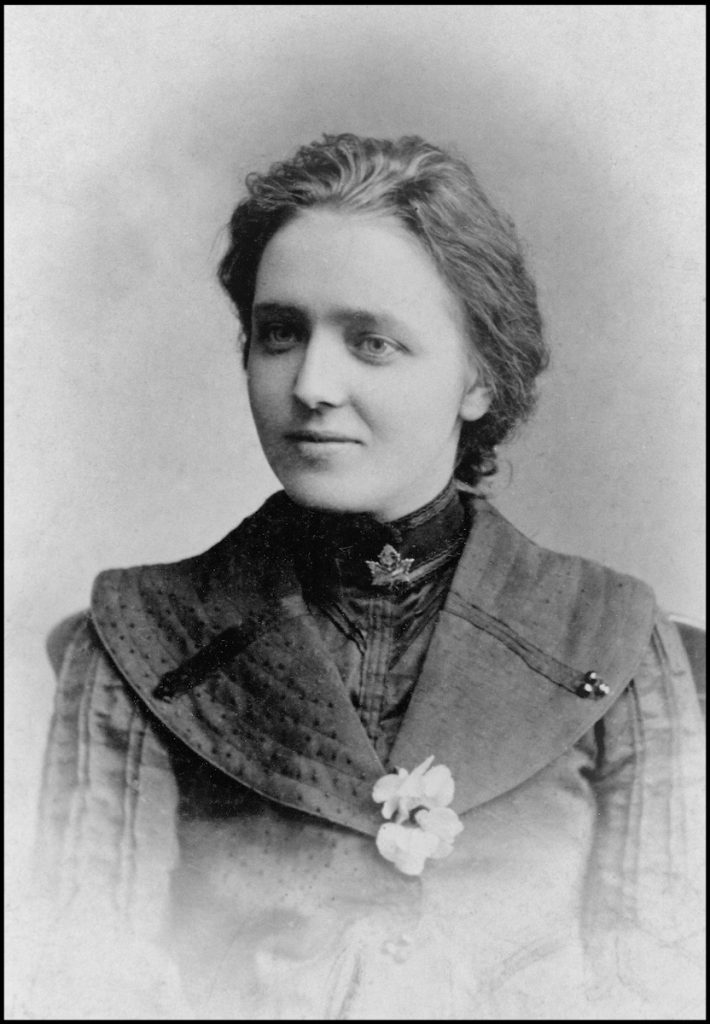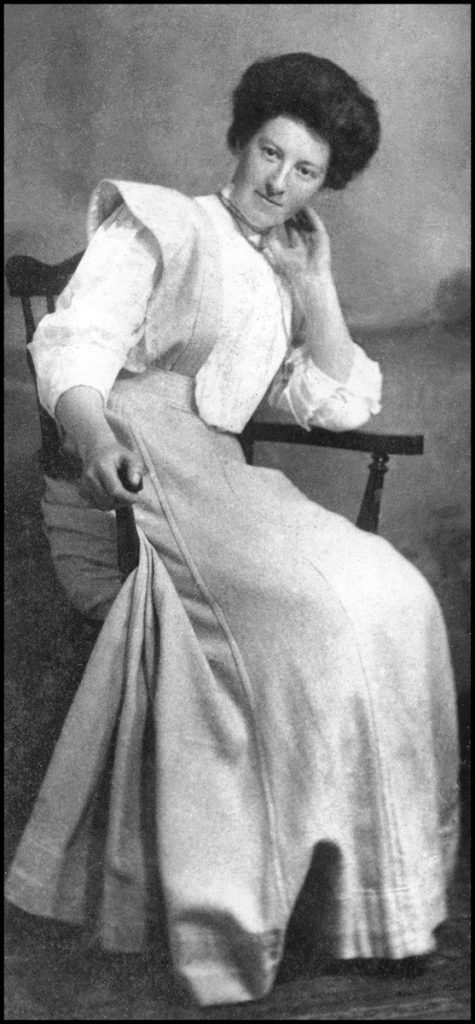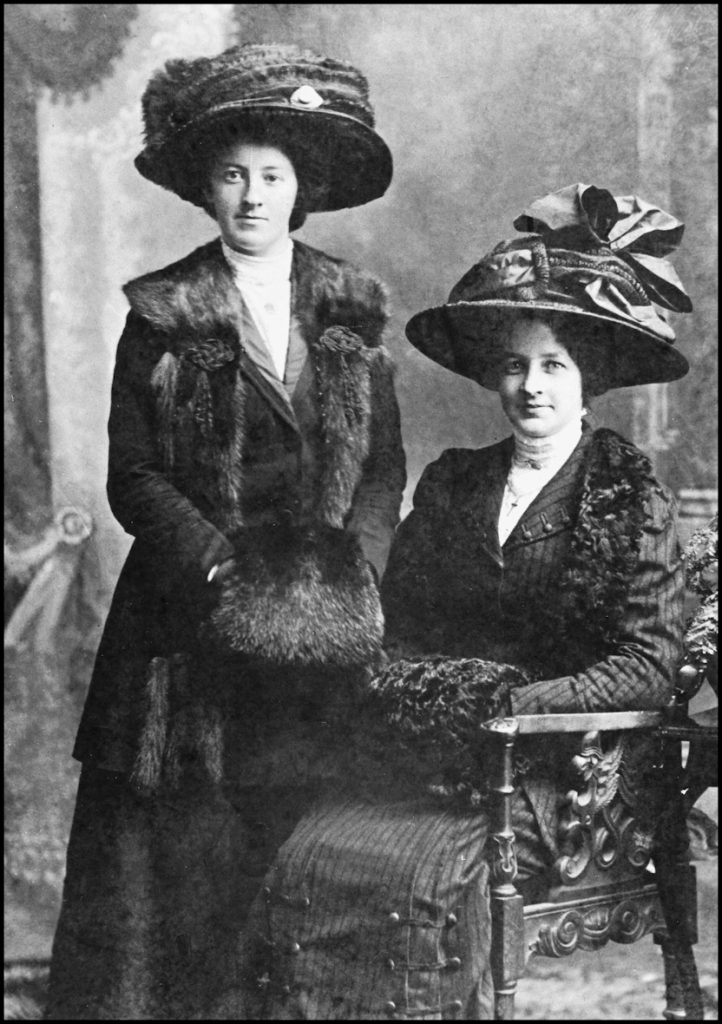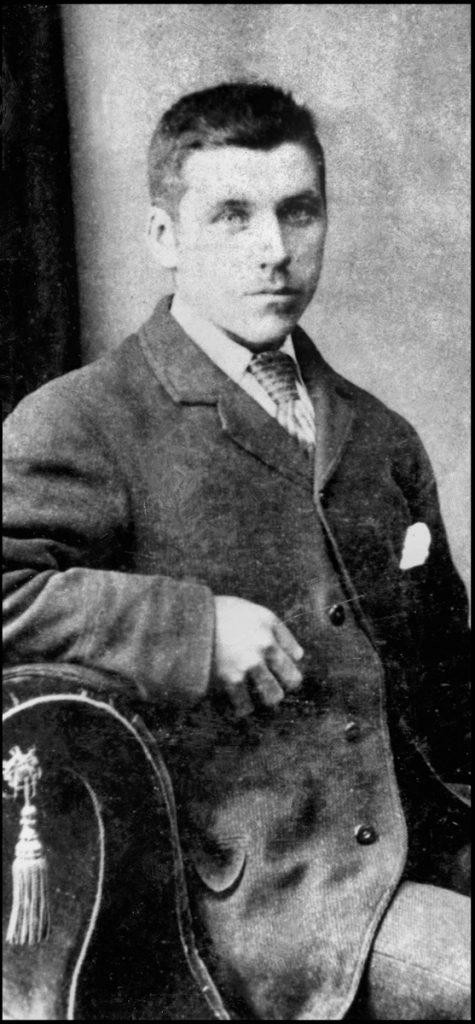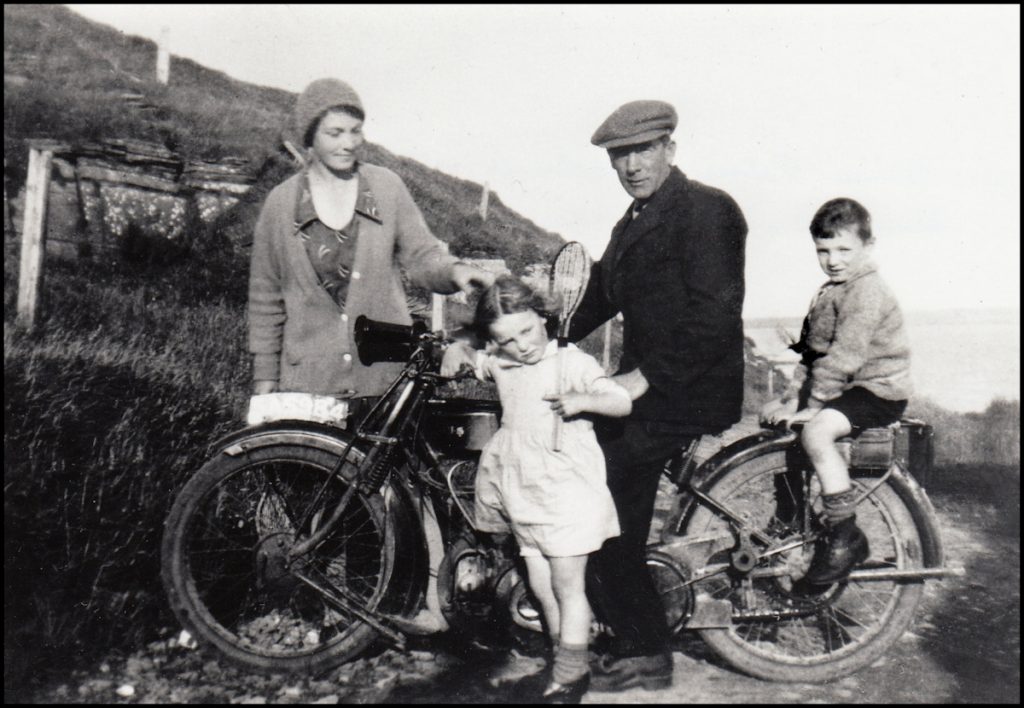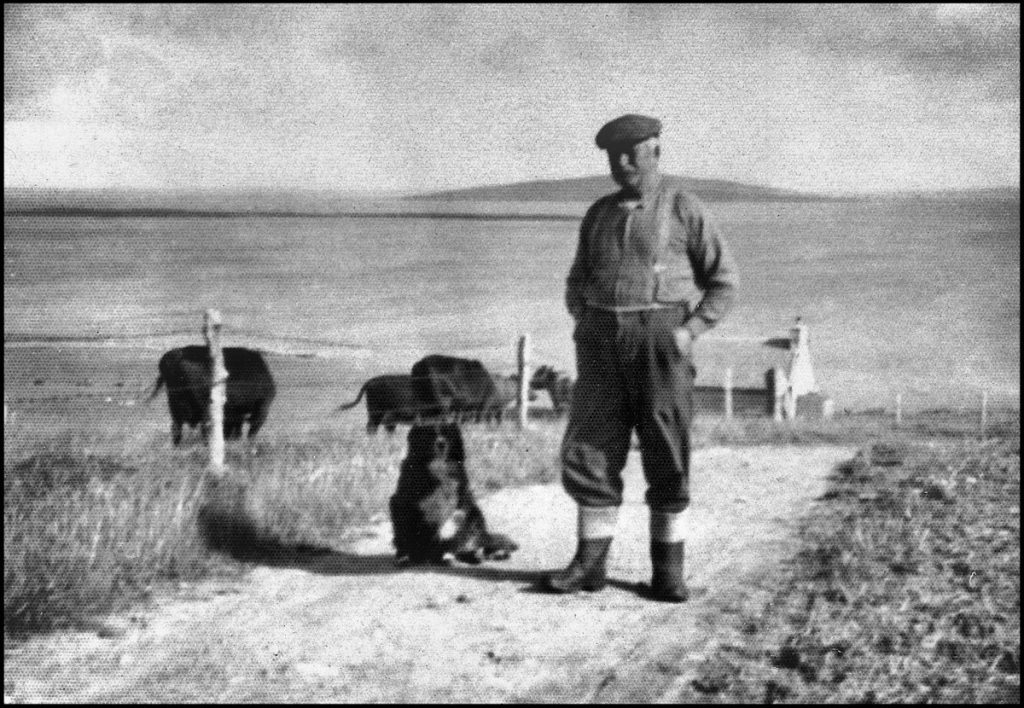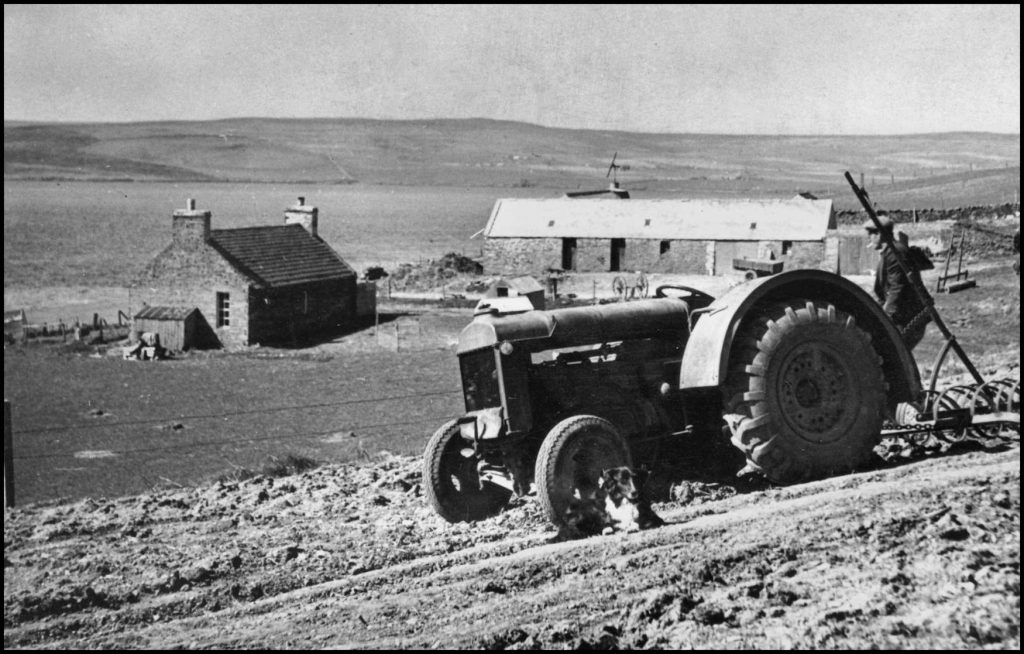Hunclett – or ‘Hooklet’ as it is pronounced – was first mentioned in the old Orkney Rentals, dating back to 1492 with subsequent volumes ranging through the 1500s. In those days it was known as Ovir [or Upper] and Nether Howclet, the former, according to Hugh Marwick, is represented by the Hunclett we know today, and the latter being identified by the present farm of Nears, or Nearhouse – a name which is simply a running together of an older ‘Nether-hus,’ i.e. of Hunclett tunship. These rentals were primarily tax-rolls, which showed the various skats or taxes due to the Earls or Bishops from each farm or tunship, and in addition, in the case of property lands belonging to the earldom or bishopric, the annual rents due from the tenants in occupation. Orkney lands were valued in terms of early Norse money – as ouncelands and pennylands. The old Norse silver mark was sub-divided into 8 ounces and in Orkney the ounce was divided again into 18 pennies. Thus we find Orkney lands valued as urislands [i.e. ounce-lands) and pennylands – 1 urisland consisting of 18 pennylands. Trumland was a two-penny land, while Nether Howclet was a four-penny land, and Ovir Howclet a three-penny land – the three together amounting to a second half-urisland.
Hunclett was tenanted by Hugh Craigie in 1734 and by Hugh Robertson in 1799. The land, 19 acres arable and 42 acres pasture, was farmed by 40-year-old James Robertson in the 1840’s. He was born in March 1799 and was the son of Hugh Robertson and Christian Sinclair. In February 1825 he married Janet Craigie, the daughter of Rowland and Janet Craigie of Nears, who was born in 1796, and they had six children: James, born in December 1825; Mary, born in October 1827; Margaret, in September 1830; John, in January 1832; another James, who was born in July 1835; and William, born in 1838. At this time James was paying £8 rent, which rose to £16 in 1862 and £30 in 1877.
By 1881, son James [born 1835] was head of the household at Hunclett. For a number of years he’d been at the fishing, but now he was farming the 62 acres of land. In February 1869 he married Jane Walker Marwick, the daughter of Alexander Marwick and Isabella Gibson of Corse, and they had six children, five girls and one boy: Isabella was born in 1869; Mary, in 1872; Hannah, in 1876; James, in 1879; Maggie, in 1882; and Lydia Ann, in 1886.
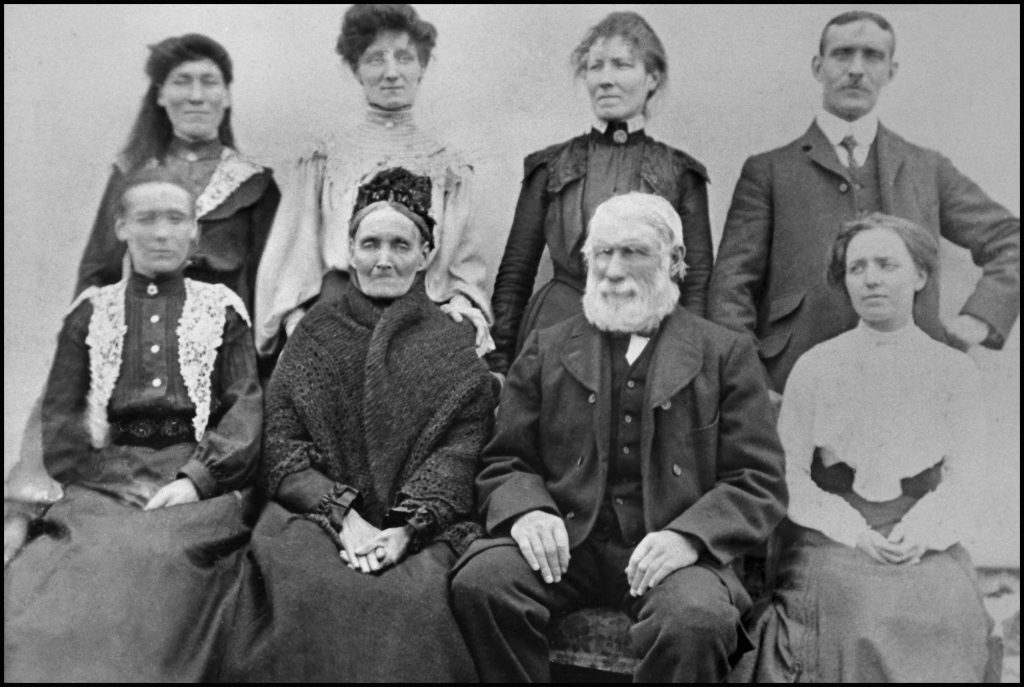
Lydia Ann, Hannah, Mary, and James,
with Bella [front, left], and Maggie [right]
James’ wife Jane died in 1909 at the age of 65, and was interred in St Mary’s, the Westside kirkyard. James himself died in Kirkwall in 1913, in his 78th year, and was laid to rest in St Magnus Cathedral kirkyard. By that time Hunclett had passed into the hands of William Low and his wife Betsy. William, son of William Low and Janet Mainland of Castlehill, was born in 1868. He married Betsy McKinlay of Sound, Egilsay, and they had a daughter, Lily, who was born in 1898.
Alexander Craigie of Turbitail and his wife Rose Ida Gibson were later occupants of Hunclett. Alexander, born in 1882, was the son of Magnus Craigie and Ellen Couper of Falquoy, later Pliverha’, and he married Rose Ida, daughter of David Gibson and Ann Sinclair latterly of Hullion. They had one son, Douglas, who was born in 1914.
All photos from the Tommy Gibson collection
[Reference was made to Hugh Marwick’s Place Names of Rousay in the opening paragraph]
